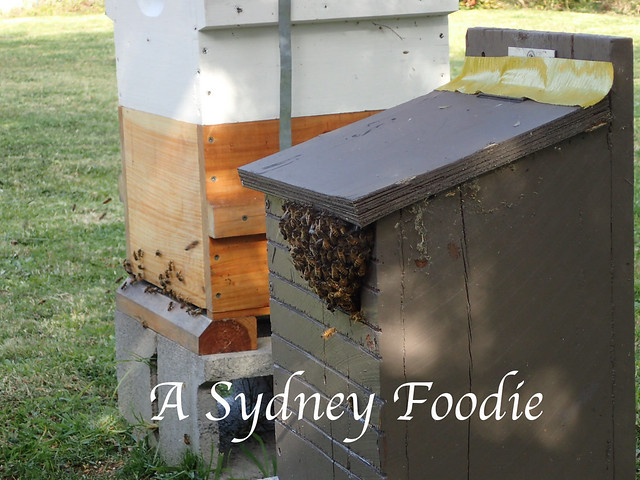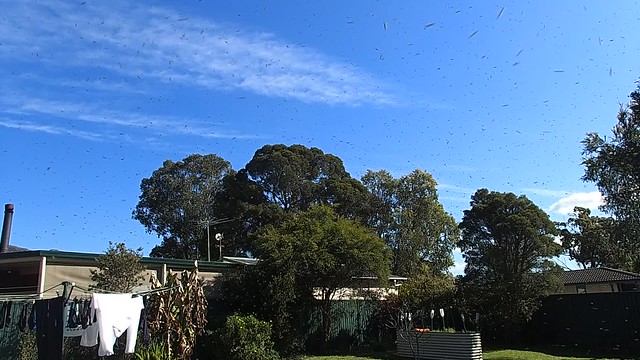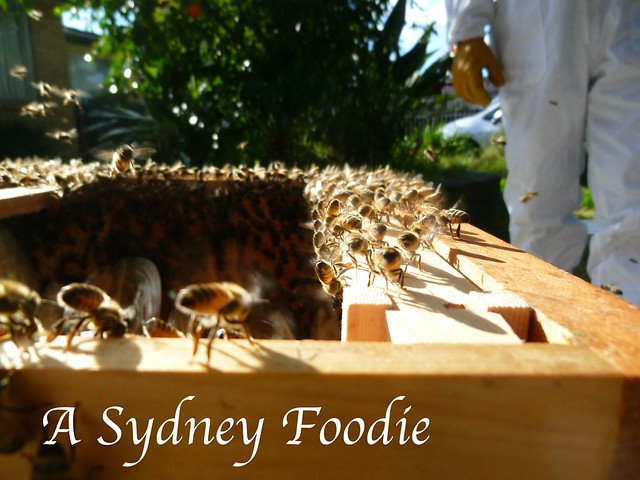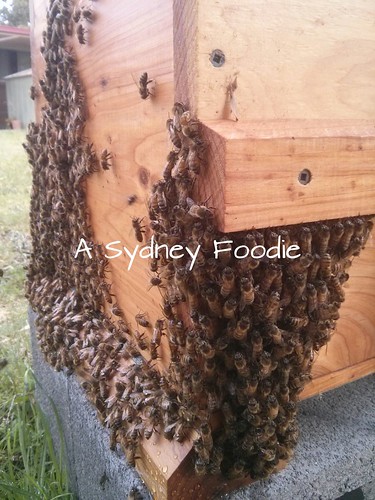Questions repeated from Shauna Reid 2017 Review Thingo, because the actual reverb thingy appears to have stalled on the interwebs.
This post is going to be published in two parts, mainly because it’s still a work in progress, but also because it’s the last day of January, and I really gotta get something out there! This is 2020.1.
Earlier “year in review” posts can be found:
2019 Review Thingo
2018
2017
2016
2015
2014 part one, part two
2013
2011
2010
1. What did you do in 2020 that you’d never done before?
Purchased an overlocker (serger) and a sewing machine. Both secondhand of course. I had been really getting into the regular sewing bees with the local boomerang bags group, so when the first Sydney COVID lockdown started in March, I bought these two machines second hand so i could keep making bags. The overlocker was heaps of fun – I overlocked all my bag & handle blanks, but never quite got around to sewing them together to make a complete bag. Adding to the list of partially complete projects.
2. Did you keep your new year’s resolutions, and will you make more for this year?
a. Reduce single use plastics by buying from bricks and mortar store, rather than online.
Yes, and no. All good until covid hit. I don’t think I bought anything excessively extra, but then it got to the point where I preferred to buy certain goods online (from independent stores), rather than go out. And then I would go and buy takeaway food, as a relief from the need to cook (because 8 hour workshops in person, turned into 8 hour workshops ONLINE. Very draining).
There was a brief period in which reusable coffee cups could be used in cafes (rather than single use landfill cups), but when Sydney had it’s “Northern Beaches” outbreak in December, that put those small gains to a screaming halt.
2020 reduce plastic usage: 0
March 2021 edit – cafes like Ragamuffin and Bourke Street Bakery have started accepting reusable cups again. Yay!
I’ll keep this resolution on the list for 2021.
b. Finish stuff, rather than have partially complete projects.
2020 finish stuff: 0
You know what I think it is? I’m like a magpie, easily distracted by something new and shiny.
c. meditate daily.
I didn’t meditate daily, but with the start of the coronavirus work from home lockdown in Sydney, I started off the day with a yoga, possibly the closest thing I have to daily meditation. I got to 90 days in a row before I fell off the wagon.
2020 meditate daily: 0.25
I have started (again) with an app that has a “new year’s meditation challenge”, to meditate at least 15 out of 21 days. There are short intros to various mediation concepts leading in, a bit less intensive than the meditate in may interviews. I made it to about 20 days consecutive, and then had one day off, and am now restarting.
A new one for 2021: Be kinder to myself. Daily grateful moments
3. Did anyone close to you give birth?
My friend Reg gave birth to baby Mia, about 3 months premature. This was in May.
4. Did anyone close to you pass away?
My bees. I realised part way through the year that although I have referred to my bees dying, I haven’t actually told you about it.
Early January 2020/late December 2019, it was so hot. Sydney was ringed by bushfires, smoke was in the air. My bees were under stress. Small Hive Beetle (SHB) can detect the bees under stress – so they moved in, which causes more distress, and so the spiral starts. I noticed some odd behaviour, even so much that I thought the bees were about to swarm. After chatting to some other beekeepers, I decided that I needed to get into the hive, but was hamstrung by the lack of other warre beekeepers available for about a week. In the end, I grabbed a beekeeper who was available and went in, but it was too late. The remaining bees (clustered on the outside), had disappeared, and i think the queen had died. Six hours worth of cutting out comb and then “cooking” SHB larvae in boiling water is not a task I would wish on anyone.
Now imagine that this was a beehive on a farm that is only visited once a month? All you would see is any empty hive filled with the vermin SHB, and probably wax moth. No bees.
5. What countries did you visit?
Australia! One of the emergency edicts brought in as part Australia’s covid-19 response was that Australians weren’t allowed to leave the country.
As various covid-19 clusters grew, this turned into state based or local government area based lockdowns, stopping various residents of certain areas entering/exiting one state or another. The police forces in Australia are generally state based (rather than city/county based like in the USA), so the majority of police were deployed to border towns and the roads between states.
I haven’t even left the state of NSW during 2020.
But then, with the various state and country based restrictions, NSW is currently at 14 days of no community transmission of Covid-19. That’s pretty good.
6. What would you like to have next year that you lacked in this one?
These are the words I picked in last two years reverb:
Creativity
Sustainability
Engagement
and I will keep them again for 2021. Does that mean I have been lacking these things the past two years? Hmm.
7. What dates from this year will remain etched upon your memory?
The “very last play” I saw at the Opera House in March 2020, before the covid-19 lockdowns stopped all theatre in the state.
The “very first play” we saw in real life, all masked up after lockdown – Virginia Wolf’s A Room of One’s Own. Not the best play to discover that you can no longer concentrate on a monologue
8. What was your biggest achievement of the year?
Maintaining a good LIFE/work balance while working from home. My routine generally involved morning exercise before I started the working day – yoga, a walk to the station, or a long bike ride. Then, my partner kept me honest at the end of the working day, by making sure I ended my day on time by going for a walk.
Also pretty happy that we haven’t managed to kill each other yet, and that we kept a few online “theatre dates” with the theatre crew via videoconferencing.
9. What was your biggest failure?
Finishing projects. Cleaning up.
I enjoy the end products of gardening. but never quite get around to planting the seeds or seedlings.
This is despite working from home. So my routine is now to do at least 10 minutes in the morning – repot or plant something, before I do my morning exercise and start work.
10. Did you suffer illness or injury?
No, thank goodness.
11. What was the best thing you bought?
Hmm. The toy is still new, but I bought a pressure cooker, which I have wanted for a while. I had been eyeing off stove top pressure cookers, as well as electric. I ended up with an electric one.
This has actually been really useful during summer because I have been able to cook and not heat up the kitchen. Very happy.
12. Where did most of your money go?
Online shopping.
Our once-a-day coffee habit, no longer supplied by the cafes near the office, had to be supplied by me. I’ve worked out that we went through about 8kg coffee, April – December.
I’m still a bit wary about stepping into shops for too long a period. So if there isn’t a local stockist of something that I can run in and grab; yes, I have ordered it online and had it shipped.
13. What did you get really, really, really excited about?
Australia’s relative success in containing covid-19.
Jacinda Ardern’s re-election as prime minister in New Zealand.
The election of Biden/Harris in the USA.
































